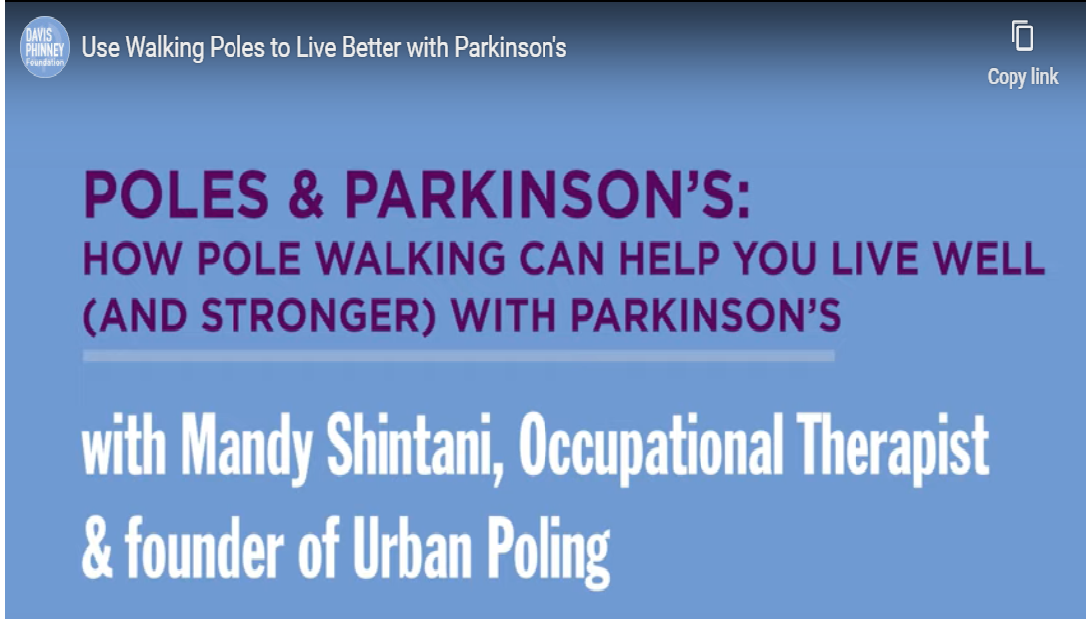Movement Inspiration
 Unsure of how to become more mindful about your physical activity? Struggling to find your story and reason behind your physically active behavior? The Why I Move Project is your answer.
Unsure of how to become more mindful about your physical activity? Struggling to find your story and reason behind your physically active behavior? The Why I Move Project is your answer.
Originating in Edmonton in 2013, the Why I Move Project is a social experiment with the mission to answer the question of why you move (and everyone else too), one person at a time.
Individual stories and inspiration are shared every week via an online Forum. With the intended purpose of being mindful of all the reasons why we move, why we need to move and why we want to move.
Stories are powerful and your story might just speak to someone who needs that extra budge to become physically active.
Paying it forward is a core value of the Why I Move Project. Not only is there the Forum for inspiration, but the project strives to support local charities through physical activity and exercise events raising funds for worthy causes. Free resources also are available on the website, specifically ones to help assess your mindfulness.
As the founder and creator of The Why I Move Project, I too continually assess WHY I move. After a recent surgery, I was required to use my Urban Poles in a different way – for support and offloading of force. I really enjoyed the ease and comfort of the Core-grip handles in doing so.
My reason to get out for a walk with my poles was no longer just for physical fitness, instead, being able to use them for recovery has provided me with a new found respect for how much the poles help the patients I work with on a day to day basis. The power of the poles fueled my reason to get back to the basics while I was recovering after surgery.
-Lisa Workman, CSEP-CEP
Creator of the “Why I Move” Project
https://www.lisaworkman.com


There are no comments